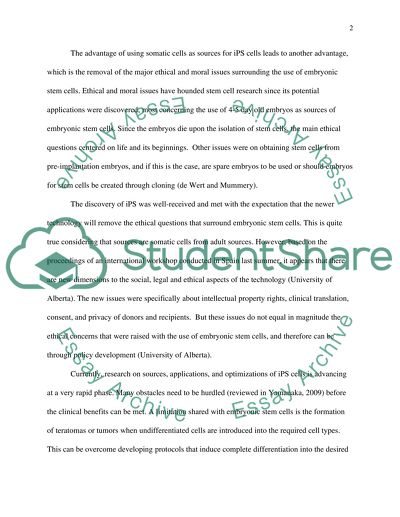Advantages of Induced Pluripotent Stem cell research Essay. Retrieved from https://studentshare.org/miscellaneous/1560993-advantages-of-induced-pluripotent-stem-cell-research
Advantages of Induced Pluripotent Stem Cell Research Essay. https://studentshare.org/miscellaneous/1560993-advantages-of-induced-pluripotent-stem-cell-research.


